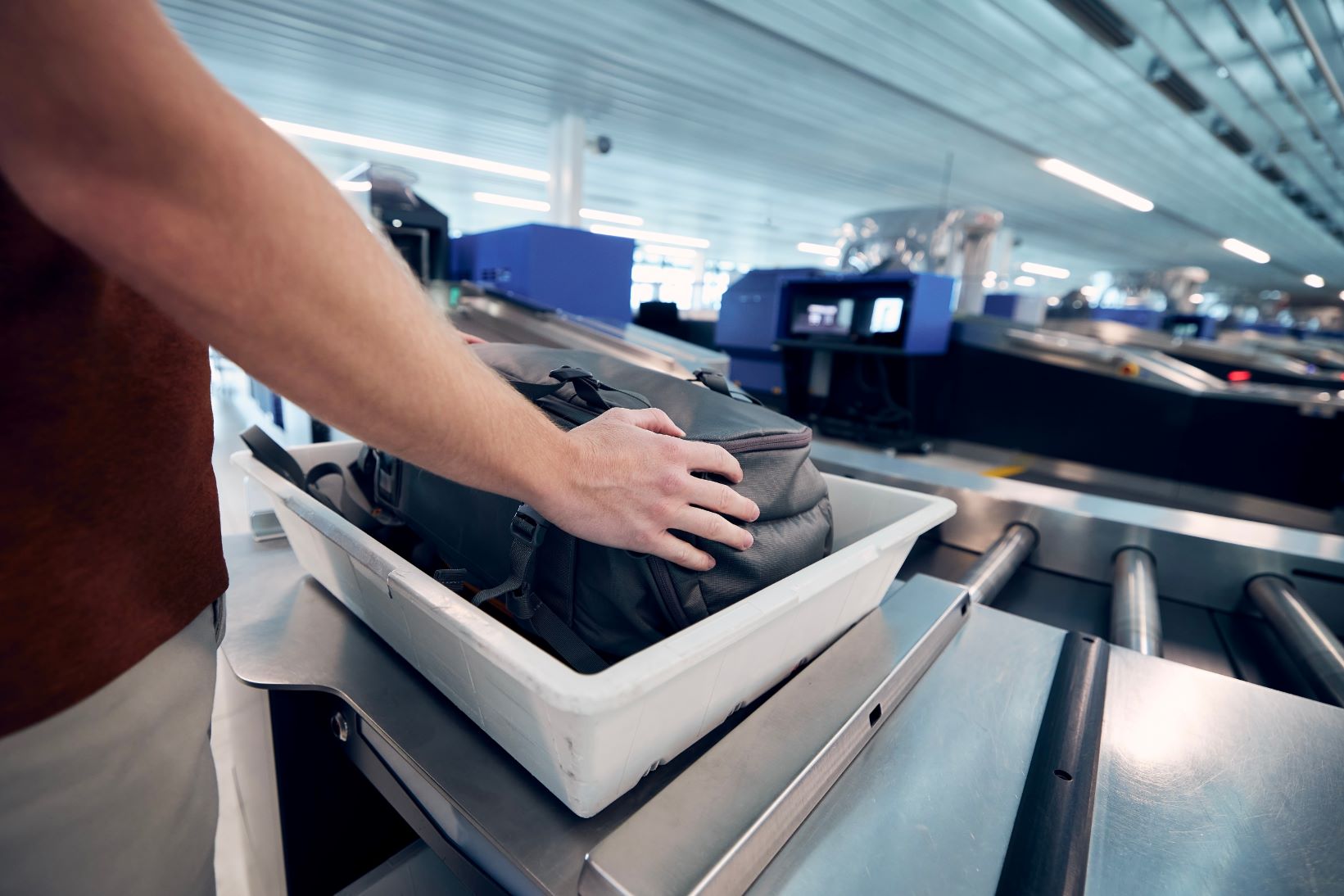TSA screenings update for people with diabetes

Airport travel
When you go to the airport, the Transportation Security Administration (TSA) requires passengers to go through body scanners. We know that traveling with diabetes can be a bit nerve-wracking, so it's no wonder that airport security is still a top question for people with diabetes.
Here is some guidance on going through airport security with diabetes devices and supplies.
Remember, this information applies if you're traveling within the U.S. If you're traveling internationally, you should consult individual air carriers for international regulations. In addition, these tips are subject to change, so please also check with the TSA website.
Insulin pumps, CGM, and airport security
- You can continue to wear your insulin pump or continuous glucose monitor (CGM) only while going through common security systems such as an airport metal detector, as it will not harm the device or trigger an alarm.
- Do not send your devices through the X-ray machine as an alternative.
- Can an insulin pump go through the airport scanner? No, Medtronic has conducted official testing on the effects of the full-body scanners at airports with Medtronic medical devices and have found that some scanners may include x-ray.
If you choose to go through an airport body scanner, you must remove your insulin pump and CGM (sensor and transmitter). To avoid removing your devices, you may request an alternative screening process.
- Print and complete the information on an airport emergency card to carry with you.
-
Notify security screeners that you have diabetes, that you are wearing an insulin pump, and are carrying supplies with you.
Syringes, supplies, and security
- In order to board with syringes and other insulin delivery devices, you must carry an insulin vial with a pharmaceutical label that clearly identifies the medication. Never store insulin in checked luggage, because it may be exposed to extreme (often freezing) temperatures, which can change its effectiveness.
- Carry your glucagon in its original, pharmaceutically labeled container.
- Boarding with lancets will be allowed as long as the lancets are capped, and they are carried along with a glucose meter with the manufacturer's name embossed on the meter.
- Should you encounter difficulty when trying to pass through airport security, ask to speak with the TSA ground security commissioner.



